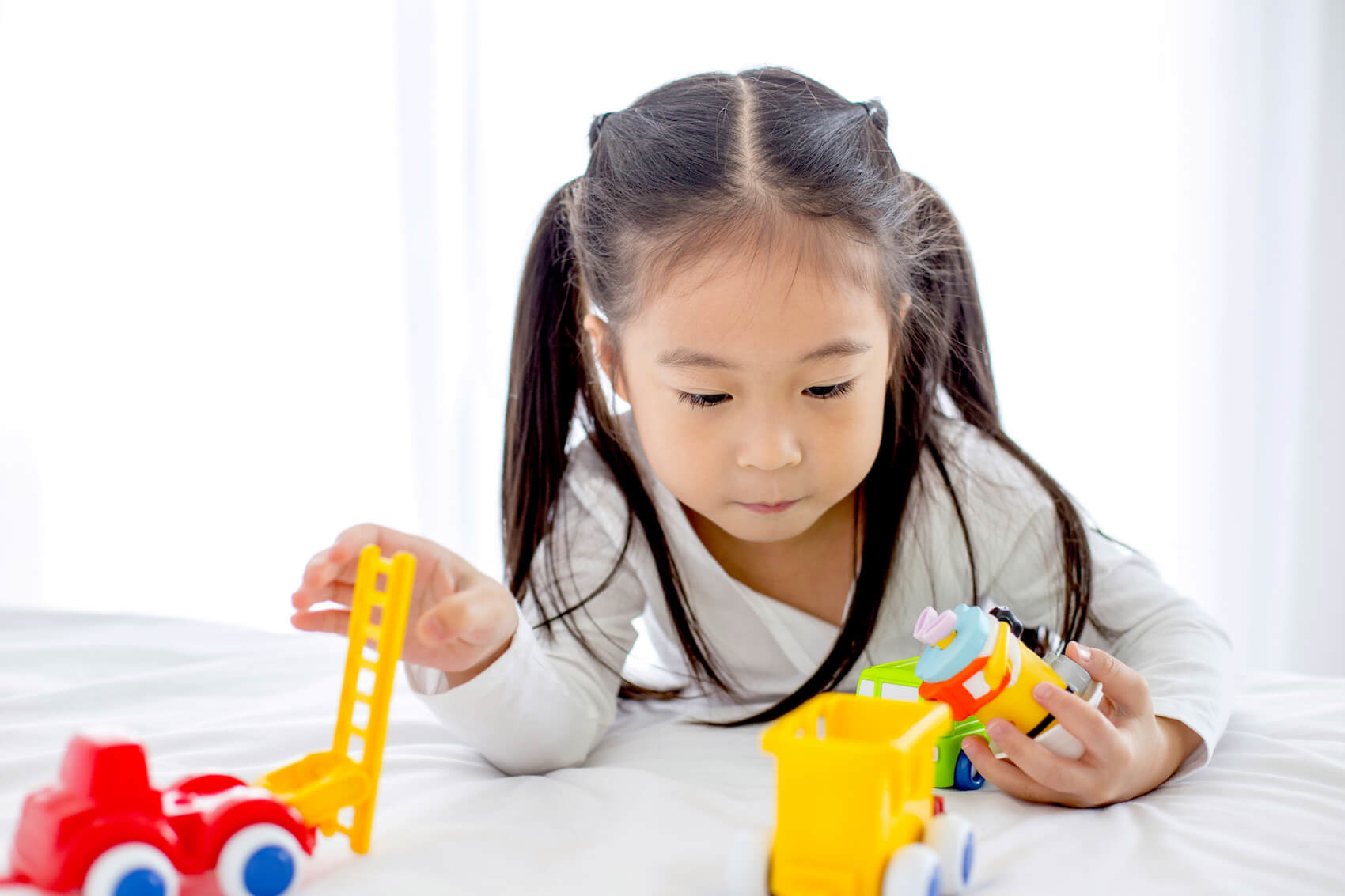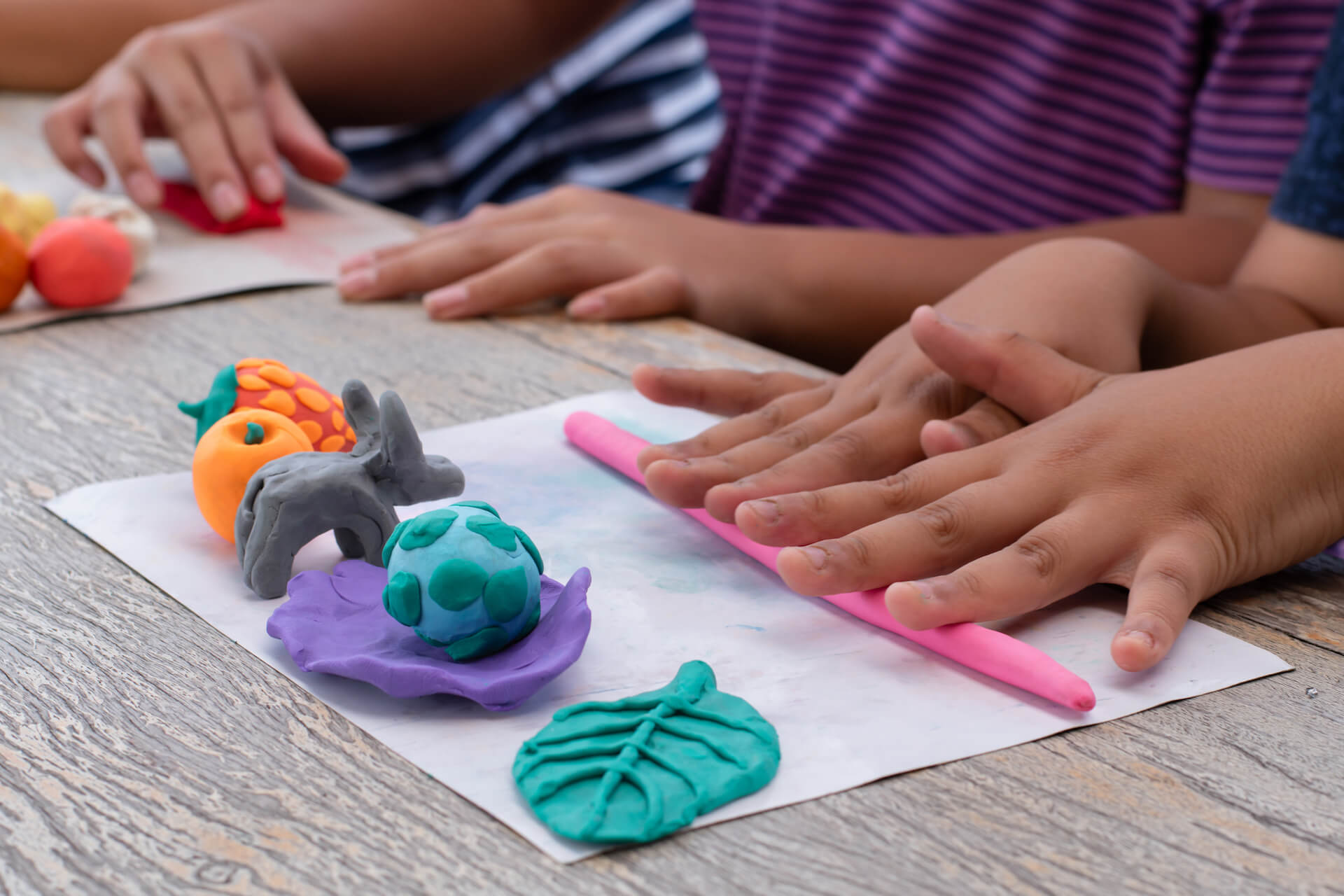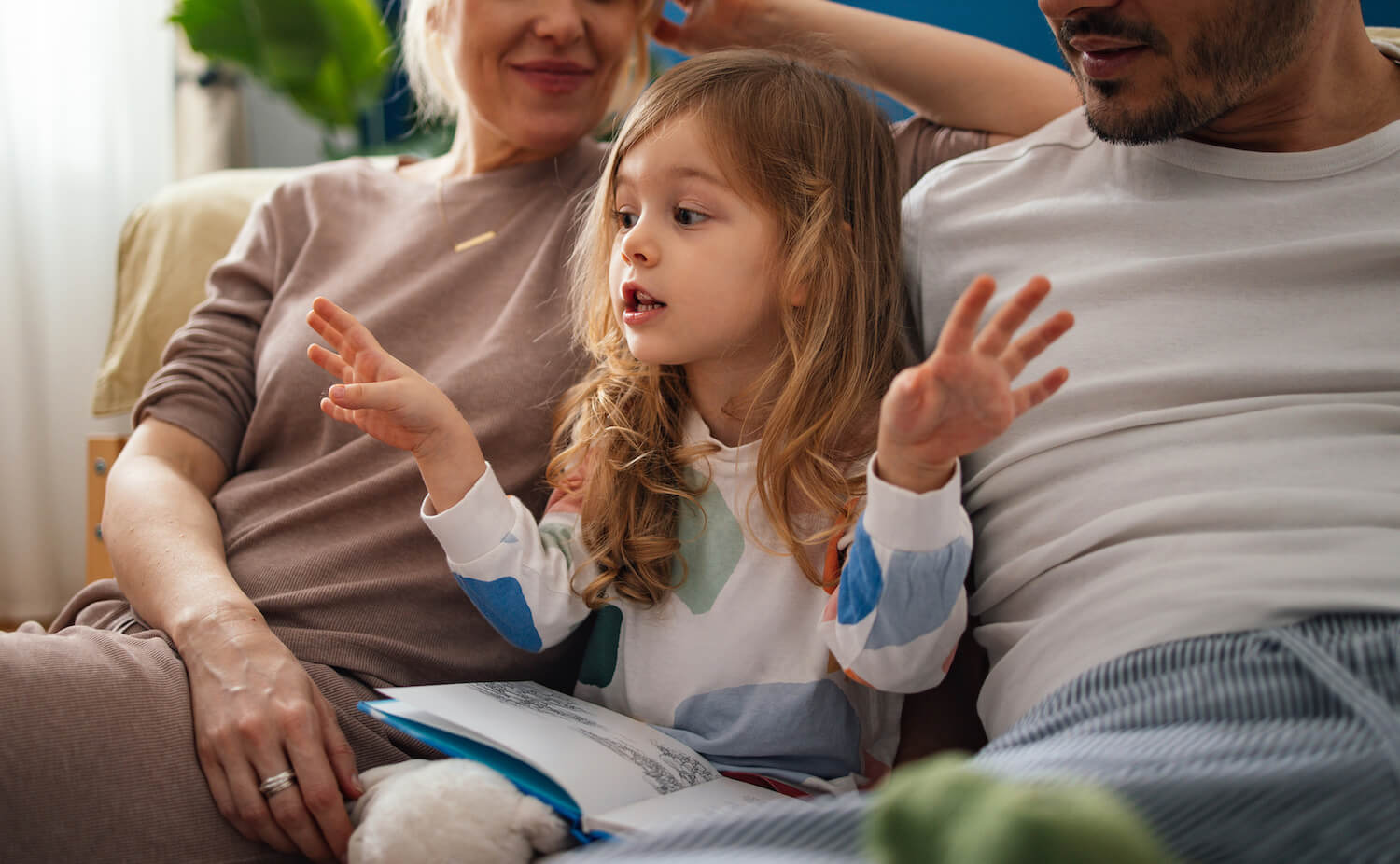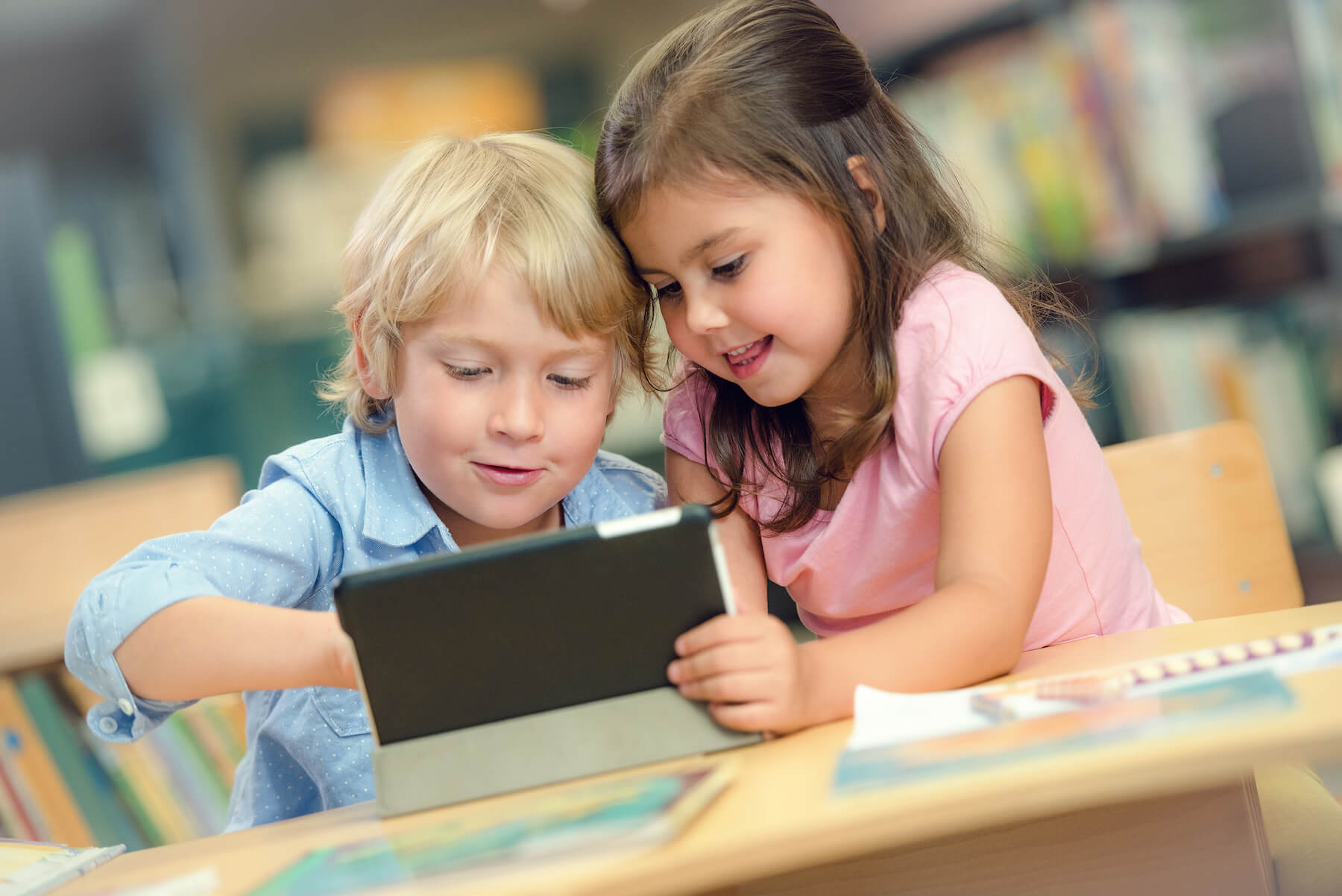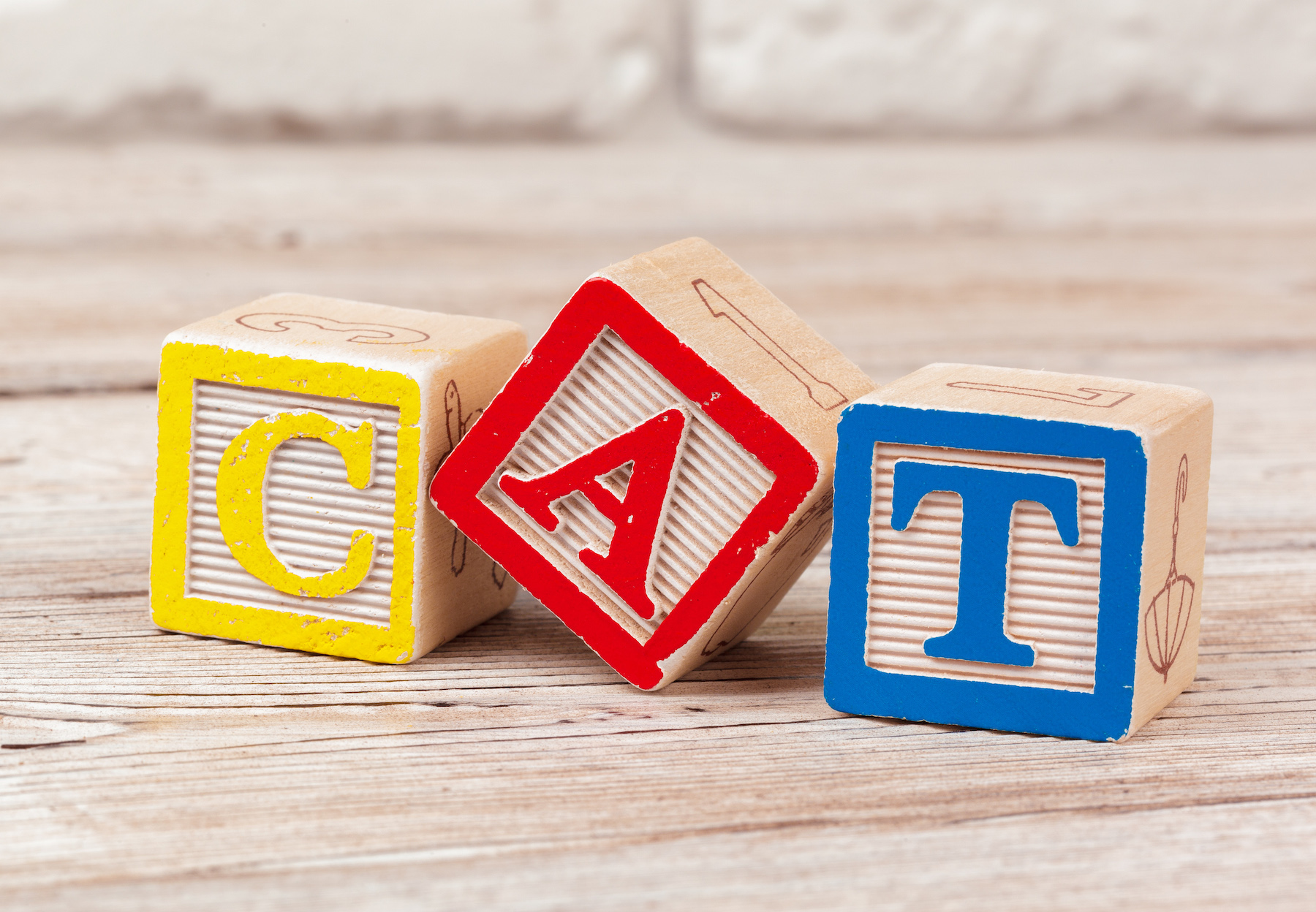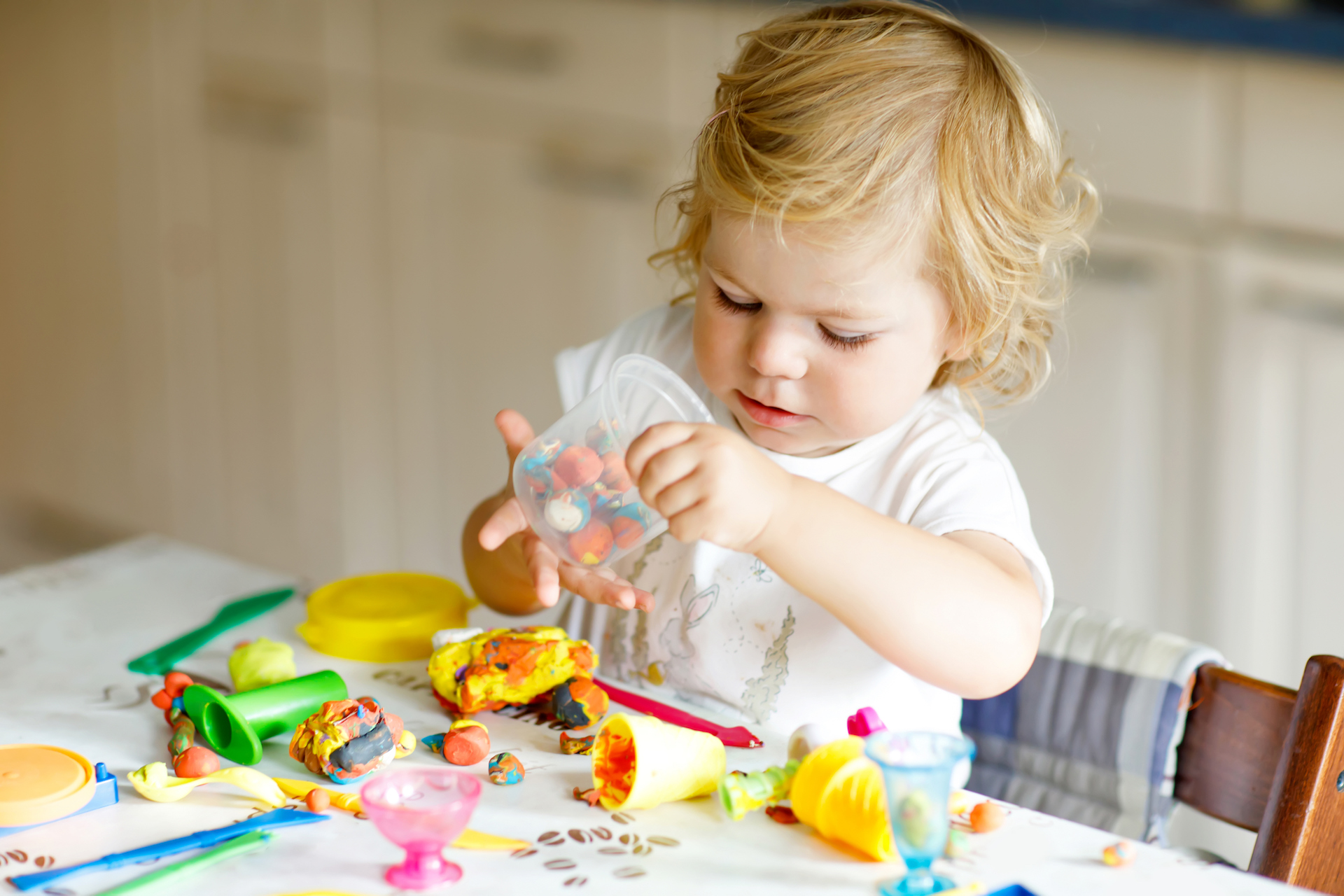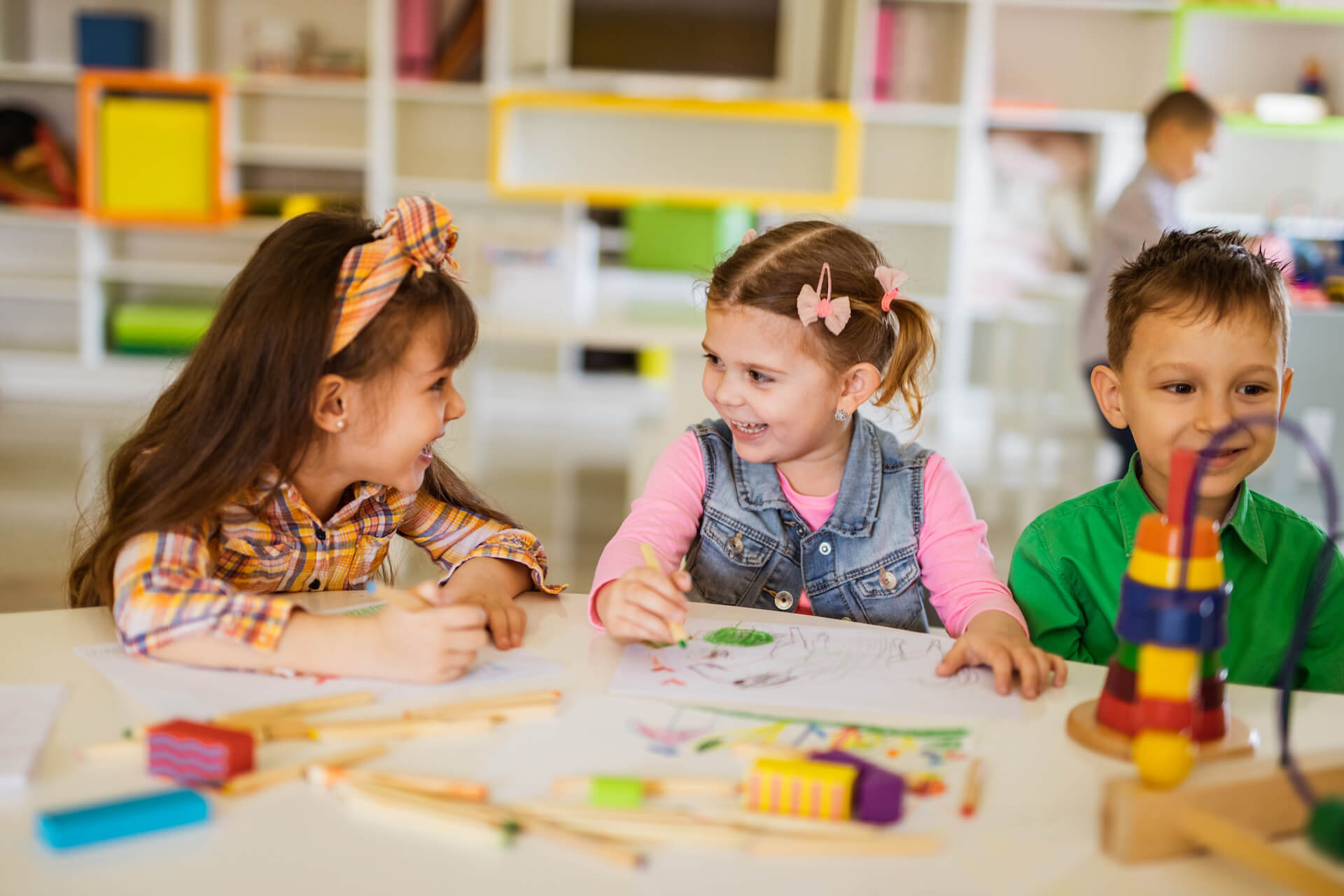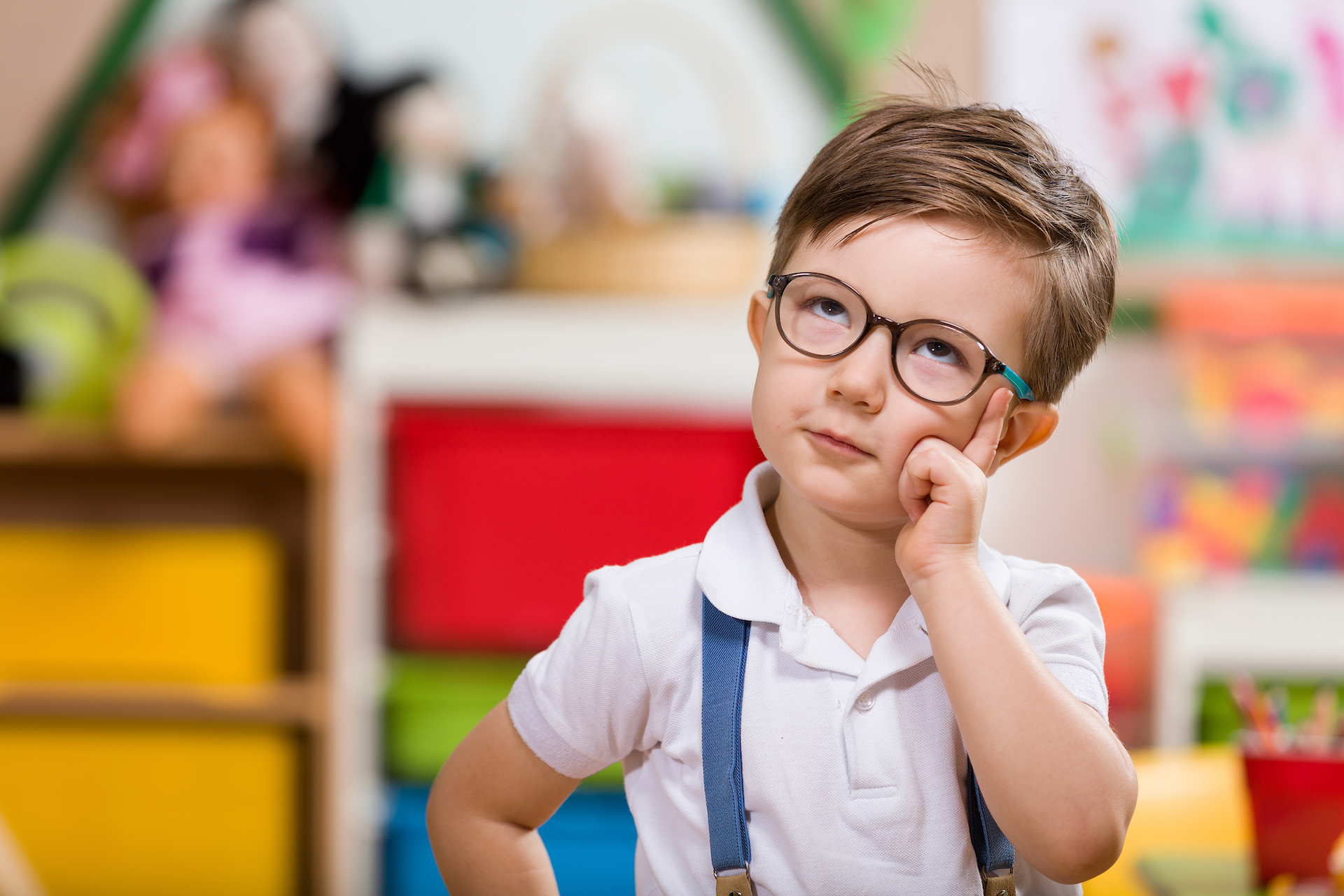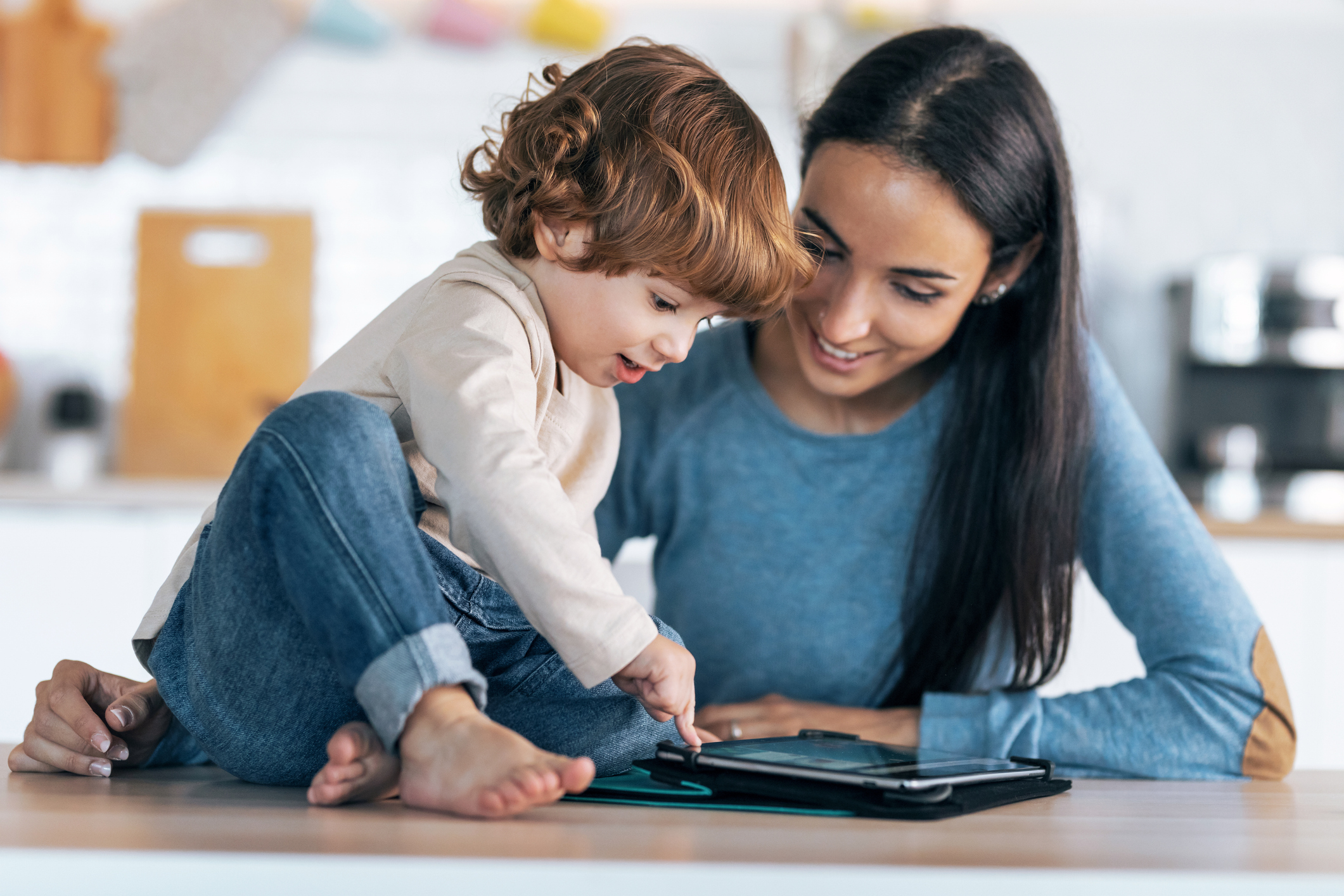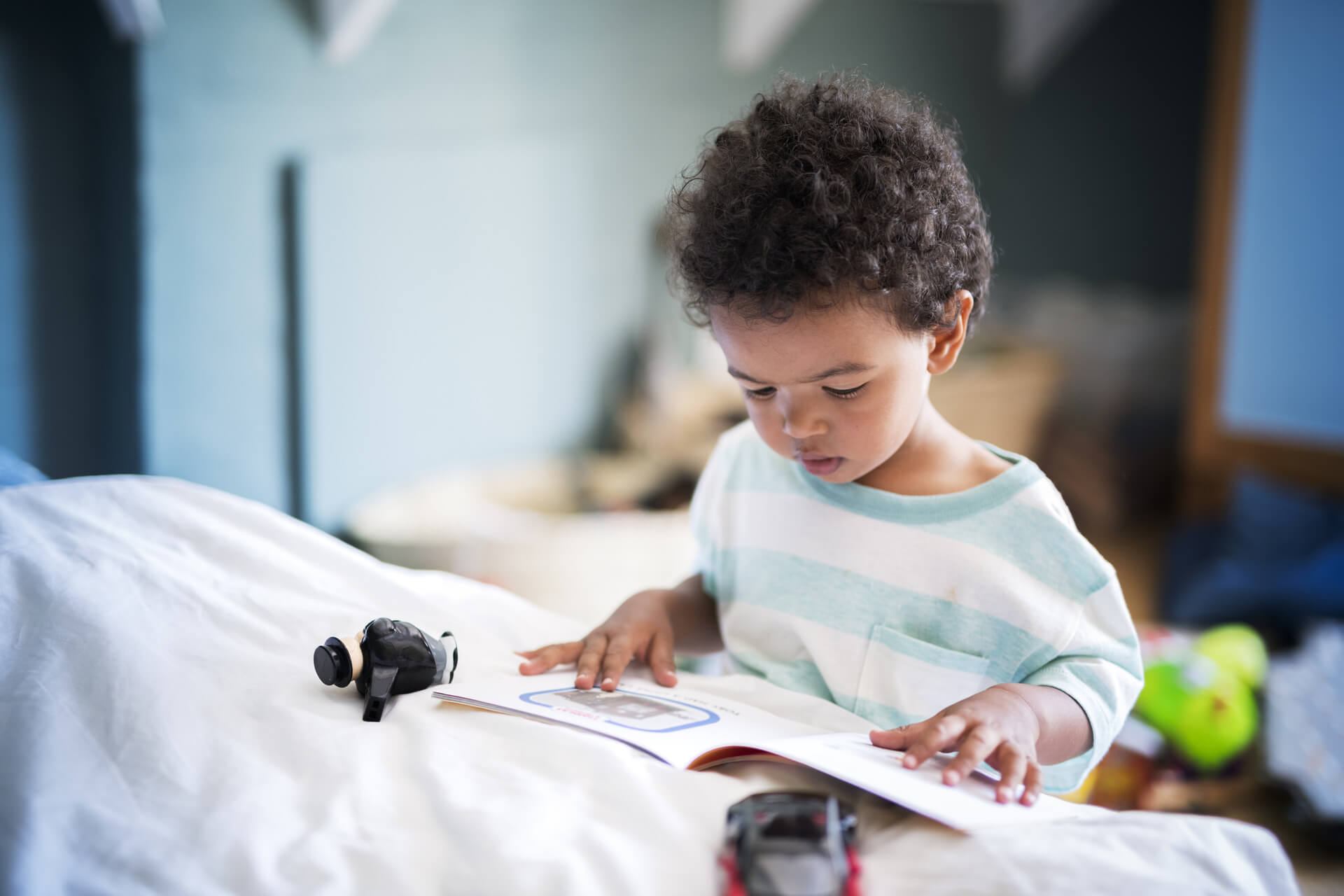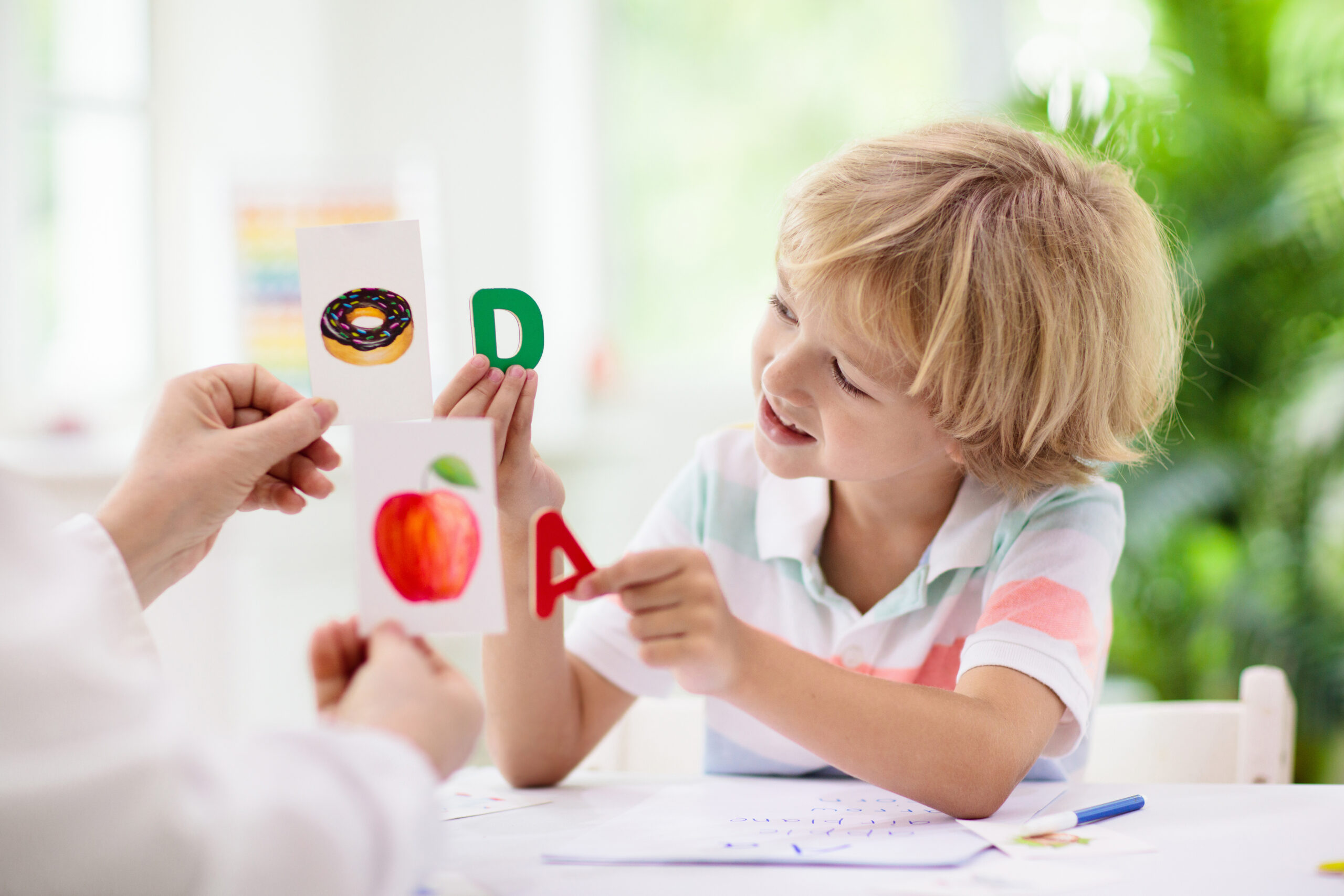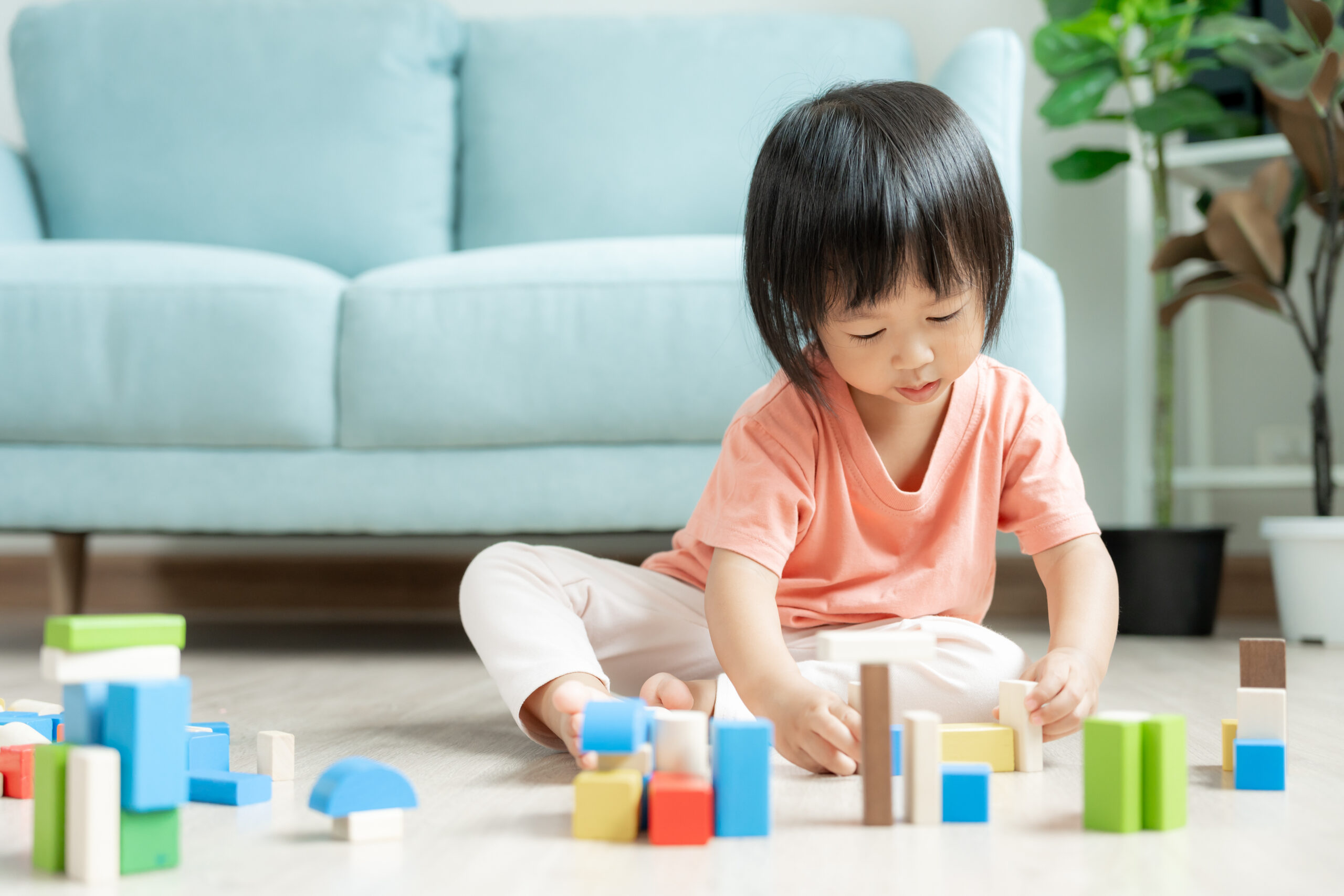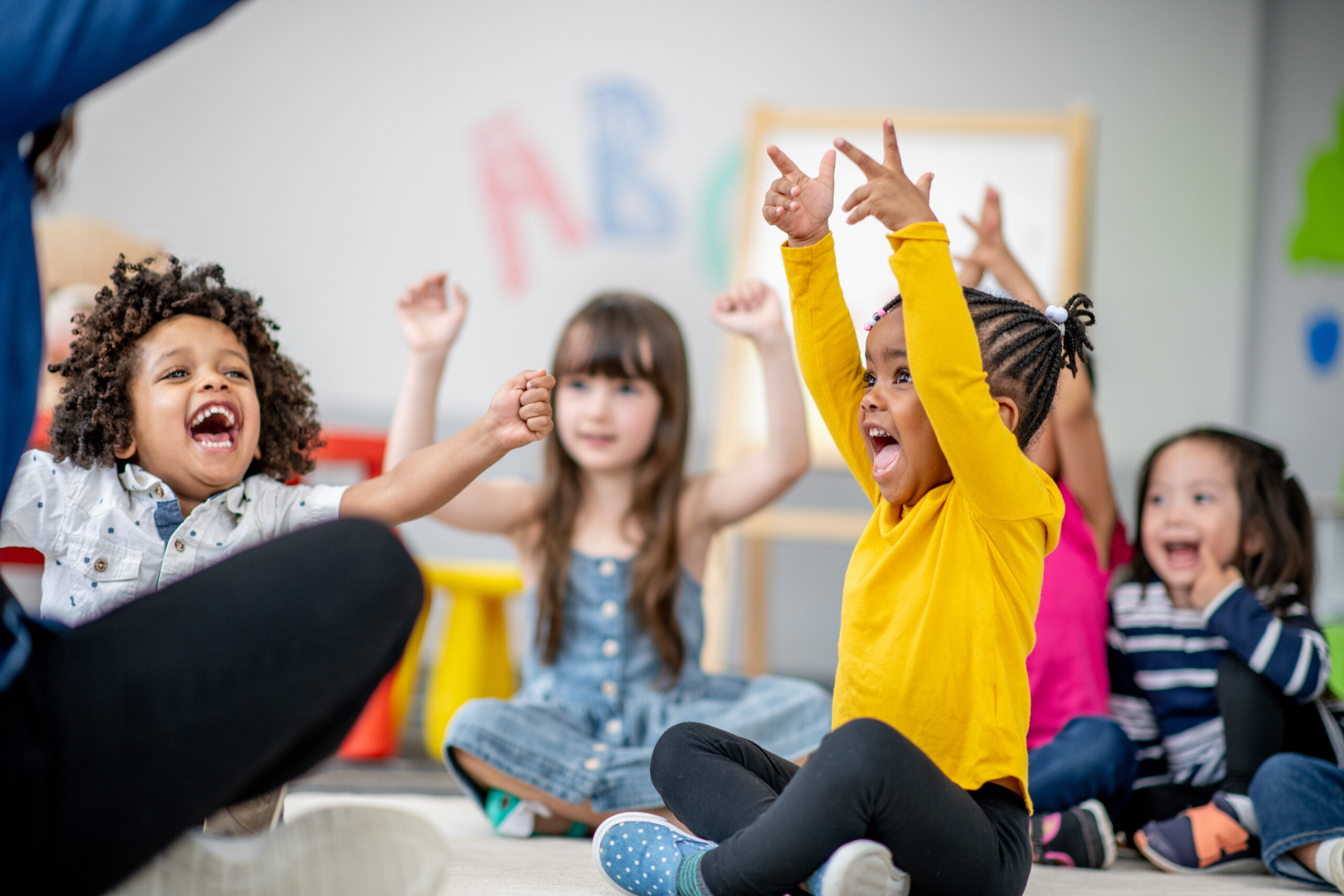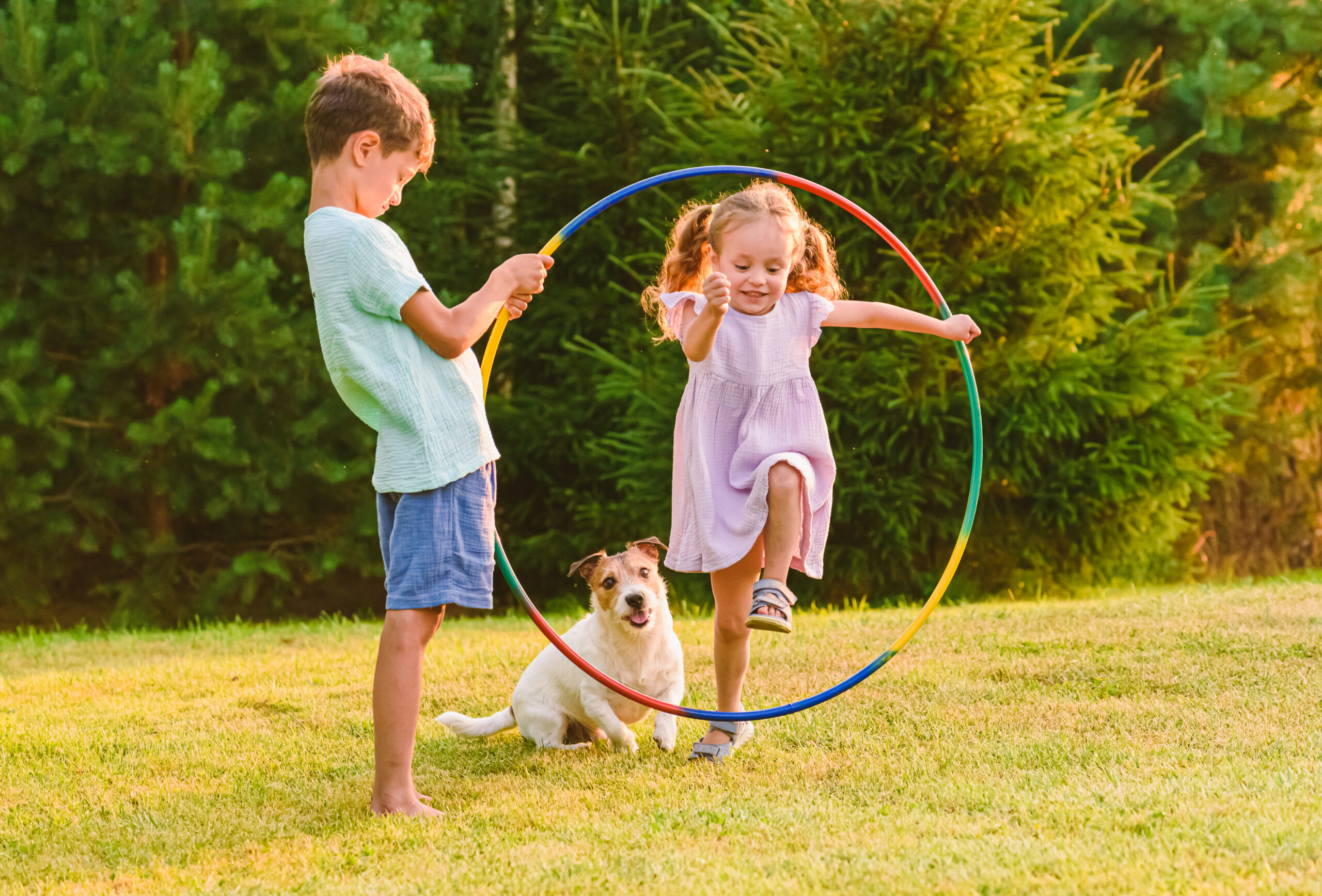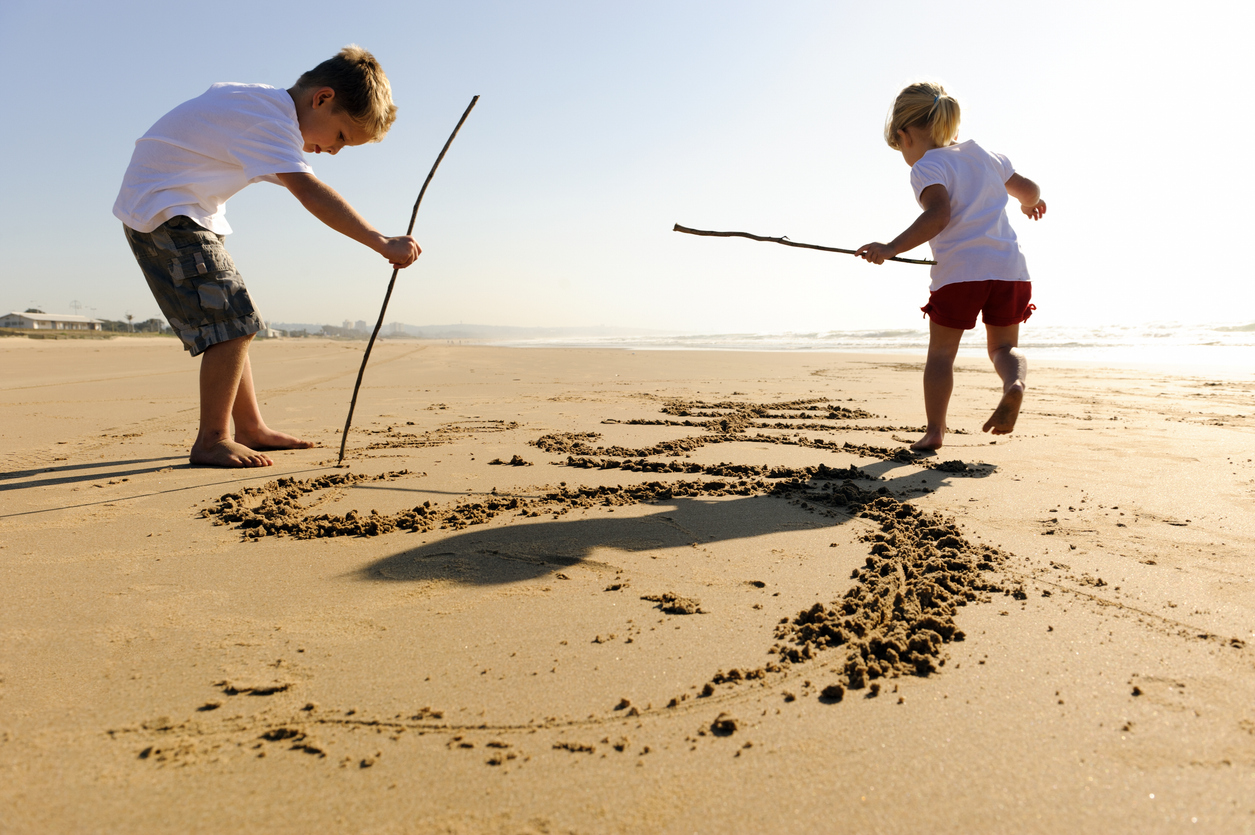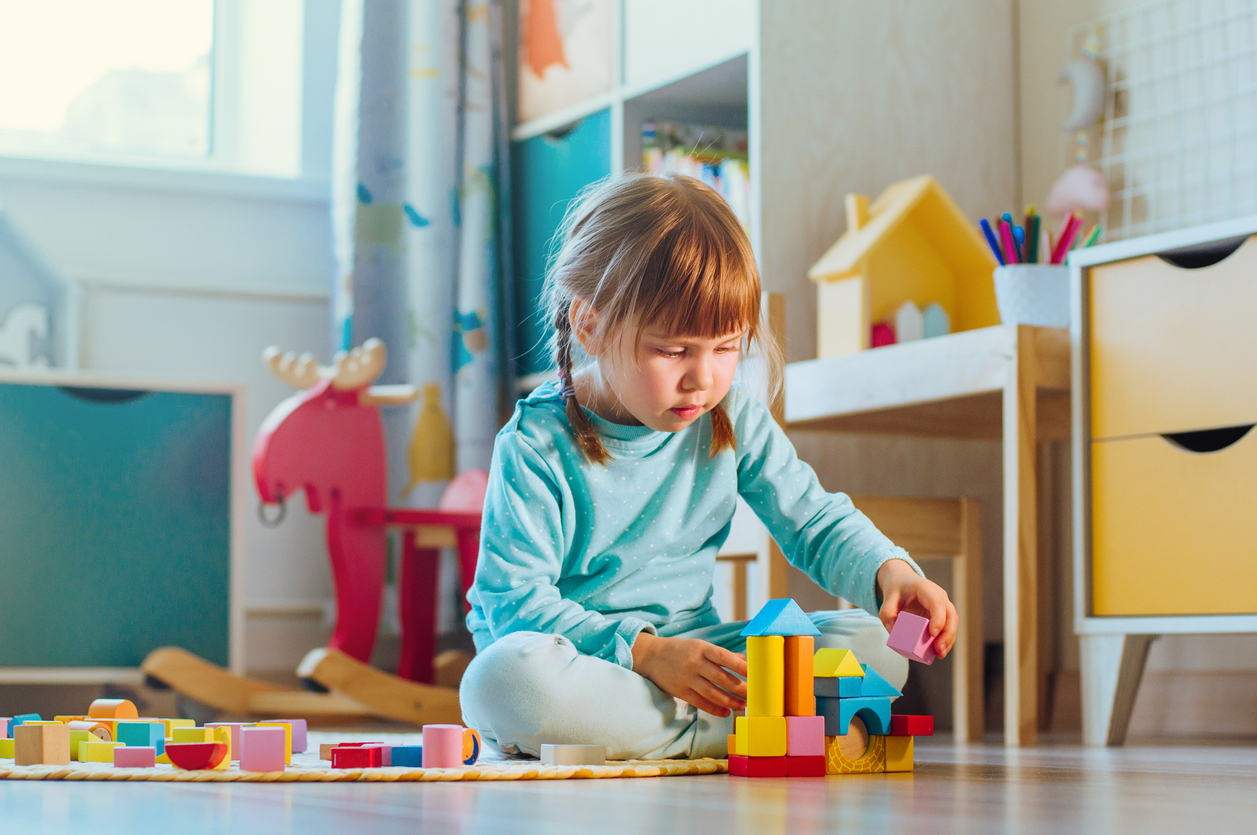Counting Activities for 3-Year-Olds: 12 Simple & Fun Ways to Grow Early Math Skills
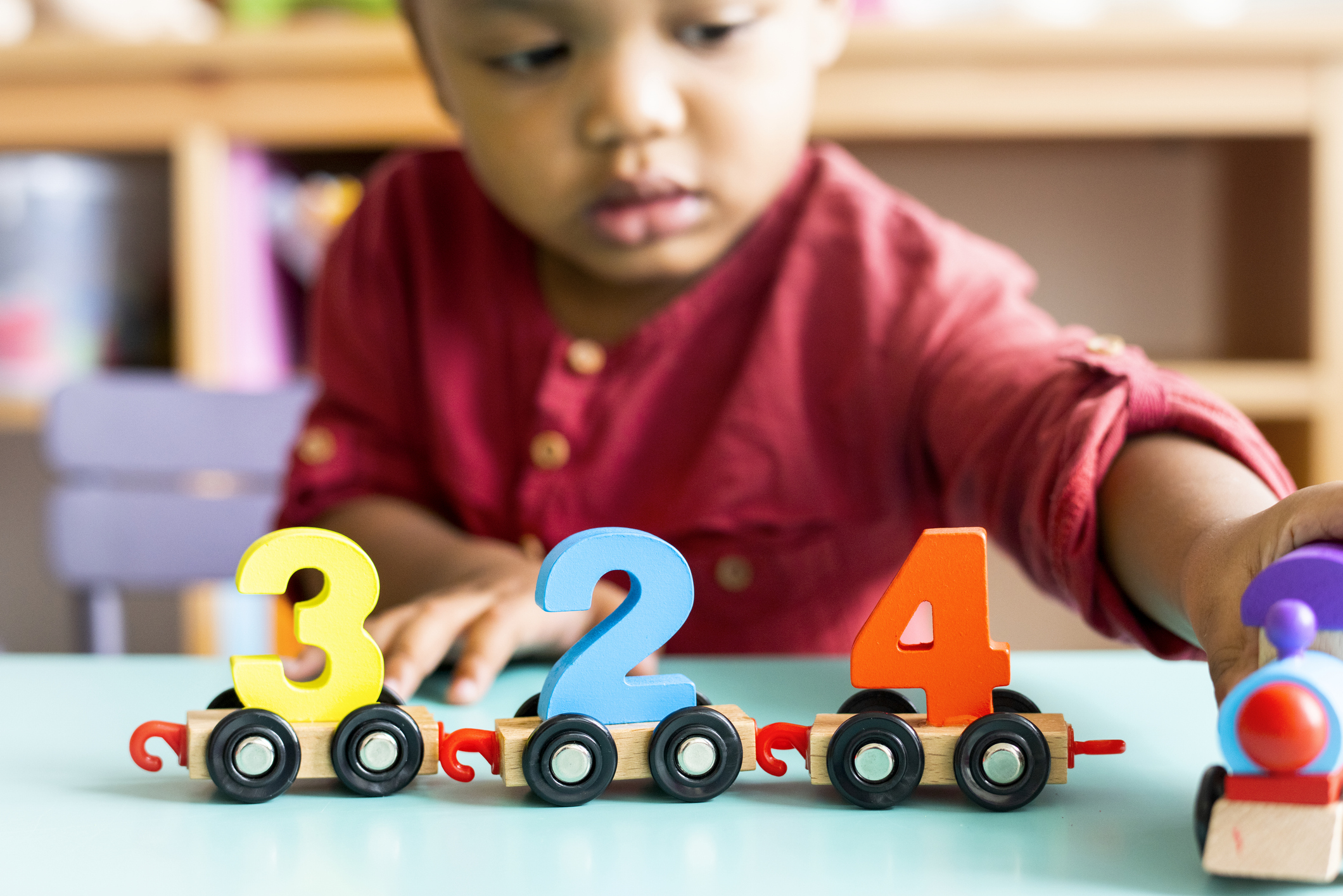
‘One, two, three!’ — you’ve probably heard your 3-year-old chant it with pride. That’s just the beginning of understanding what numbers really mean. Real counting is much more than saying numbers out loud. Counting numbers is very different from just learning numbers. It helps your child see that numbers describe the world around them.
And as parents, we all want to help our little ones learn how to count. Not just by memorizing, but by understanding. The good news? You don’t need flashcards or worksheets to teach your 3-year-old to count. The best learning happens through play and everyday moments.
If you’ve ever wondered how to teach counting in a way that actually sticks, this guide is for you. We looked at what early childhood experts recommend, tested activities with preschoolers, and found the methods that work best for 3-year-olds. Let’s explore why this age is so special for kids to learn counting, and which activities will make the biggest impact.
Why Age 3 Is the Perfect Time to Start Counting
Kids at age 3 are extremely curious explorers. They’ve moved beyond simply reciting “1, 2, 3” and are beginning to understand that each number represents something real, like one apple, one block, one step. This stage is called one-to-one correspondence, and it’s the foundation of all future math learning. Research backs up how powerful this stage is.
- A UC Irvine study following over 16,000 children found that early math skills in preschool paved the way for success in academics later, as important as early reading skills.
- Another study in Contemporary Educational Psychology showed that verbal counting in kindergarten explains over 50% of the differences in math performance by seventh grade.
Simply put, helping your child understand counting at 3 three years of age, sets them up for success for years to come. But here’s the key – it’s not about how high they can count. It’s about understanding what those numbers mean.
At age three, most children are:
- Able to recite numbers from 1–10 (though they may skip a few!)
- Beginning to match one number to one object while counting
- Recognizing small groups of items (like 2 or 3 dolls)
- Still trying to answer “How many?” after counting
How Everyday Life Creates the Best Counting Habit
The goal here is to gently guide your child from saying numbers to connecting numbers with real things. If you were to pick just one counting habit, make it a practice to count real things your child comes across in their day to day activities. That could be crackers, toy cars, dolls, stairs, puzzle pieces, crayons – anything familiar and meaningful to them. That learning moment feels less like “lesson time” and more like “discovering”.
How to do it together:
- As you count, touch each item (point, tap, move) so the numbers represent real things.
- After counting, pause and ask: “How many?”
- If they hesitate, count again together, but let them lead more each time.
- Repeat later with new objects or the same ones.
This approach works because it ties counting to physical objects they are familiar with and helps the kids in understanding rather than memorizing.
12 Playful Counting Activities You Can Try
The beauty of counting at this age is that it doesn’t need to be perfect. You don’t need special tools or long lessons. Just notice opportunities in your daily life. Below are 12 activities you can try at home—and why they’re so powerful. Pick one or two activities to try tomorrow. You’ll notice the little sparks of joy when your child connects a number to something real. And isn’t that what we want most for our children? To learn joyfully, without pressure, and to build curiosity that lasts forever.
- Staircase Counting: When you and your child climb the stairs up or down, make it a little counting game! Say, “Let’s count our steps!” and go together. “One, two, three…” all the way through. When you reach the end, smile and ask, “How many steps did we climb?” It’s a fun way to turn everyday moments into learning!
Why it works: Counting while moving connects numbers to physical experience. You climb stairs often, so this becomes a repeated, low-pressure practice. It turns a simple staircase into a playful counting lesson your child will remember.
- Snack Time Math: Snack time can be a wonderful opportunity to introduce number counting. Picture this: you’re handing your child five grapes. You say: “Let’s count them — one, two, three…”
Why it works: Snack time is pleasurable for kids. Counting grapes, crackers, or carrot sticks turns each bite into brain-boosting fun for your 3-year-old.
- Setting the Table: After preparing dinner, invite your child to set up the table together. Say, you need four forks. Instead of grabbing them yourself, you hand them to your child: “Let’s count. One, two, three, four. Perfect!”
Why it works: This activity makes kids feel responsible and accomplished. Learning numbers as part of this everyday activity is real, useful, and fun.
- Number Jumping Game: This is another fun activity for your child. You tape numbers on the floor and call out: “Jump to number three!” Your child giggles, jumps, and you count together. Then they call the number for you to jump to.
Why it works: It combines physical action and numbers counting, providing a great memory boost. Your child learns that numbers can be part of games and not just lessons. And when you take turns it helps them to take the lead in counting.
- Ball Bounce Counting: Most kids love bouncing. While playing with a ball, try counting bounces together. “One, two, three…” Let your child take turns bouncing while you count, and then switch.
Why it works: The rhythm of bouncing helps make counting predictable and fun. The child can see cause and effect: one bounce → we count one more. Counting becomes part of shared play rather than a chore.
- Playdough Number Shapes: Kids at age 3 love playing with play dough. At playtime, roll playdough into balls together. “Let’s make three balls — one, two, three.” Then squish them and start again.
Why it works: Sensory learning (touch, sight, movement) with play dough connects counting with creativity. Because your child physically builds each object and counts them, the activity becomes more meaningful.
- Water Play Counting: Imagine how fun it would be for kids when their bath time becomes a counting adventure. Pour five cups of water into a tub together: “One, two, three…”. Or Count toys floating in the water: “How many boats do we have?”
Why it works: Water play is naturally engaging and fun for children. Counting here captures their attention and increases curiosity. They feel like playtime, not practice and your child is more open to exploring numbers.
- Sticker Counting Sheets: Stickers are fun and they feel like a reward for kids. You can draw simple shapes on paper and invite your child to decorate them with stickers. “Let’s put three stickers on this flower.” Count together as they stick them down.
Why it works: Stickers are exciting for children. Counting stickers blends art and numbers into a fun activity. Plus, peeling stickers builds fine motor skills too.
- Block Tower Counting: Build a tower using blocks and count out loud: “One, two, three…” Then celebrate with a playful crash, and rebuild. You can try the same with different colors.
Why it works: When your child sees, touches and builds the tower with a specific number, it strengthens their early math skills and fine motor skills. Rebuilding with a different number brings back their attention and adds variety while keeping it playful.
- Counting Books: While reading picture books, pause to count what’s in the pictures: “How many apples are there?” or “Can we spot 5 ducks?” Make it playful by pointing, tapping, and counting together, then cheer at the end for a little win.
Why it works: Stories are an adventurous time for kids. Adding numbers feels real, so their attention stays longer and learning feels easy. Mixing reading with counting builds number sense, new words, and focus – all in one cozy read‑aloud.
- Number Songs: Sing songs like Five Little Monkeys or Ten in the Bed, using fingers or toys to represent numbers. Invite your child to join in, point, and act it out with big, happy motions. Keep it light and silly.
Why it works: Music and rhythm make numbers easy to remember, and repeating lines helps the pattern stick. Moving fingers or toys adds action, so counting feels real, fun, and natural for your 3-year-old.
- Nature Collection Counting: When you are on a walk with your child to the neighborhood park or beach, collect small treasures like stones, leaves or flowers. “Let’s collect five flowers”. “Lets count the kites”. “Lets pick three pebbles”.
Why it works: This activity feels like a treasure hunt and turns counting into a little adventure. Children learn that numbers describe their discoveries and enjoy their small challenges.
Common Mistakes to Watch Out For
When it comes to early counting, most parents want to help their little ones move ahead fast. But the truth is, learning numbers at age three is a journey of curiosity and discovery, not competition. Kids don’t need to reach 20 or 30 yet; they just need to feel numbers 1 through 10 come alive. Here are a few gentle reminders to keep counting joyful and not stressful.
- Don’t rush to the big numbers: It might be tempting to teach your child to count to 20 early on. But before that, make sure your child understands the meaning behind numbers, not just the words. Quality over quantity always helps.
- Pause and let them think: After counting together, ask, “How many?”, and then wait. Give them five to ten seconds. That tiny moment of silence is golden. It’s when their brain connects “five” to what they see.
- Don’t limit counting to ‘learning time.’: Some of the best math moments happen while brushing teeth, pouring cereal, climbing stairs or taking a walk. Counting should slip naturally into your child’s world.
- Avoid overcorrecting: If your little one says “1, 2, 3, 5, 7,” resist the urge to correct them immediately. Instead, include it later in a natural way: “Let’s count together — 1, 2, 3, 4, 5.” This builds their confidence.
- Avoid too much repetition: It’s enough to include counting activities just around 5 to 7 times a day during play or daily routines. Overdoing it, like turning every moment into a “learning opportunity”, can actually make kids lose interest. Best to keep it light and playful.
Learning Progress and What Comes Next
One of the most rewarding parts of teaching your three year old to count is noticing those small, magical moments when they eagerly count their snacks before eating, or proudly announce, “I have ten blocks!” These everyday signs show that their understanding is growing.
In the beginning, you might see them simply joining in as you count aloud. Later they’ll surprise you by counting small groups like toys or steps on their own. In a couple of months, many children can count confidently to ten and even answer “how many?” without help.
If your child takes longer, that’s completely okay. Every little learner grows at their own rhythm. Some race ahead, while others like to linger and explore, both are healthy, natural paths.
Once your child can count to ten with ease and meaning, you can gently introduce them to the next level.
- You can point out numbers in daily life like books, clocks, or street signs.
- You can introduce the concept of “more or less”. “Which cup has more juice?” or “Who has less cookies?”
- Play ‘add one’ games. “You have two cars, and I give you one more. How many now?”
- Gently introduce subtraction. “There are 3 balloons, and 1 pops out. How many are there now?”
Final Thoughts
At this age, the best counting activities are the ones that fit naturally into your child’s day. Start small. Pick a couple of the activities you think your child would enjoy and make them part of their daily routine. After a couple of weeks, you’ll start to notice the changes in your child and watch how their understanding grows.
Research continues to show how powerful these early experiences are. A study from the National Institutes of Health found that early number knowledge helps kids in their math skill and overall academic achievement later in school. So don’t wait for the perfect moment and start now. Count the shoes by the door, the apples in the basket, the toys in the bath or sing the numbers song in the car. Smile, laugh, and make it playful.

